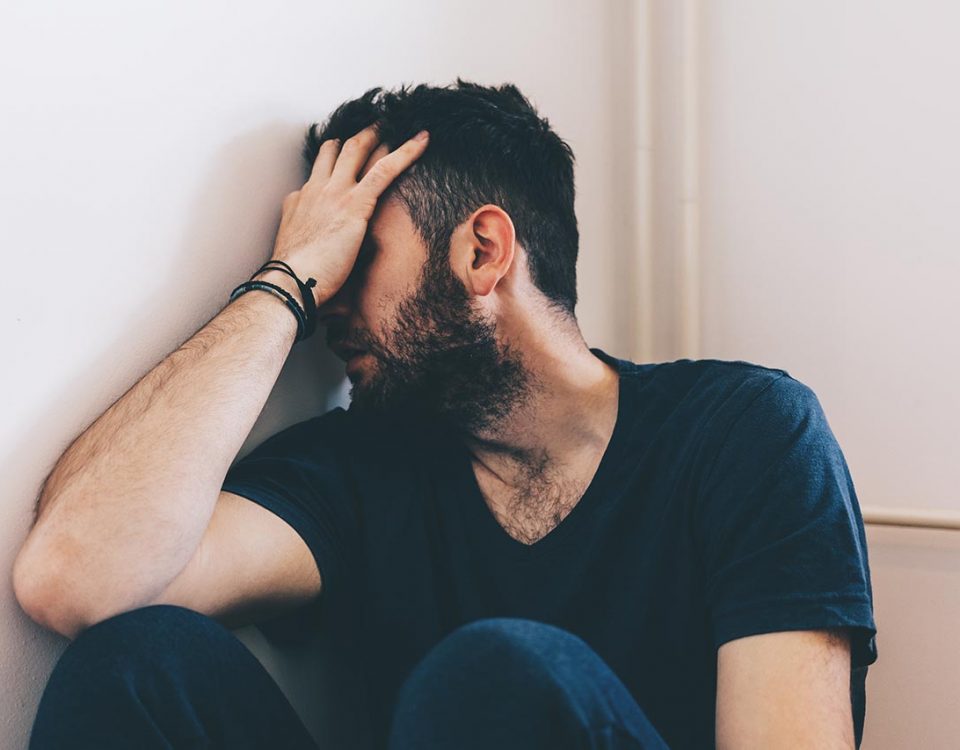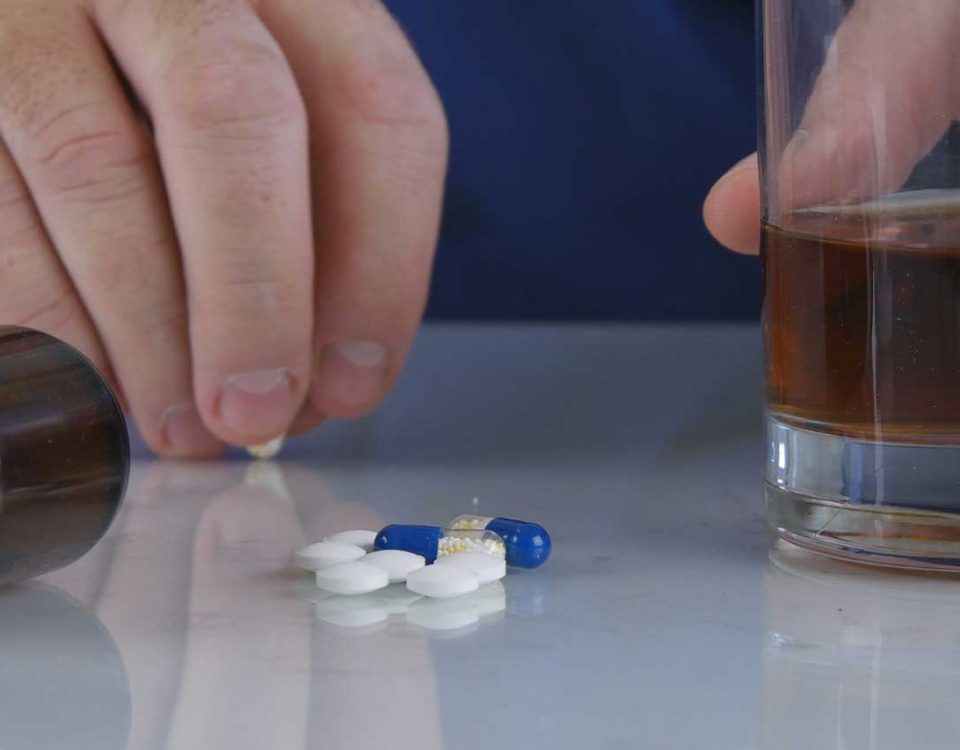Klonopin is a sedative of the benzodiazepine drug class that’s used to treat seizures, panic disorder, and anxiety.
Also known as clonazepam, Klonopin works by stimulating the release of a neurotransmitter called GABA, which inhibits neural communication in the central nervous system that may otherwise lead to symptoms of anxiety and seizures. As with other benzos, long-term Klonopin use can lead to physical dependence, even in people who take it as prescribed. Below are common Klonopin withdrawal symptoms you should know about if you’re taking or thinking of taking this medication.
Klonopin Withdrawal Symptoms & Timeline
Klonopin can produce physical dependence in people who take it for long periods. Even people who take this medication exactly as prescribed and directed may experience increased tolerance to and dependence on Klonopin.Physical dependence on a drug occurs as the person’s tolerance to its effects progresses. Drug dependence of any kind is usually marked by withdrawals or withdrawal symptoms, which occur when the person’s use of the drug is drastically cut down or stopped entirely.
Klonopin and other benzos are also often abused and even mixed with other substances to increase their side effects, which may lead to more serious withdrawal symptoms. Due to the uncomfortable nature of withdrawals, it’s important that a Klonopin detox be done under the supervision of a medical team.
Clonazepam, when abused or used for any length of time, can produce chemical changes in the brain. Regions of the brain that are normally suppressed by the drug may become accustomed to the drug’s effects and eventually fail to function without it.
This is when a dependence occurs, and when Klonopin is removed from the person’s routine, certain functions that were consistently dampened by the drug are suddenly not, creating a rebound effect referred to as withdrawals.
Common Klonopin or clonazepam withdrawal symptoms include:
- Headaches
- Stomach pain
- Nausea
- Loss of appetite and weight loss
- Difficulty breathing or slowed breathing
- Muscle spasms and cramps
- Tremors
- Sweating
- Difficulty sleeping
- Hallucinations
- Dizziness
- Short-term memory loss
- Increased blood pressure
- Fatigue
- Confusion
- Anxiety
- Depression
- Seizures
- Suicidal thoughts
Another rare yet possible side effect of clonazepam withdrawal is catatonia, which is a behavioral syndrome marked by abnormal movements. Vital signs include irregular blood pressure, heart rate, and respiration levels.
Klonopin withdrawal is also known for producing severe psychological effects. Psychological withdrawal symptoms of Klonopin include:
- Increased risk for suicidal thoughts and actions
- Hallucinations
- Difficulties concentrating
- Nightmares
- Mental confusion
- Irritability
- Drastic mood swings
- Depression
- Drug cravings
- Trouble feeling pleasure (anhedonia)
- Anxiety
- Panic
- Lack of motivation
- Feeling “out of it” and disconnected from reality
- Anger and hostility
Due to the possible dangers of withdrawal, those who are physically dependent on Klonopin should not attempt a Klonopin detox at home or without medical supervision. Medically monitored detox at a healthcare facility is recommended to avoid any of the risks mentioned above.
How Long Do Klonopin Withdrawal Symptoms Last?
There are generally three main phases of benzodiazepine withdrawal: early withdrawal, acute withdrawal, and protracted or late withdrawal. Generally, Klonopin withdrawal may begin 1 to 3 days after the last dose and last anywhere from a week to a month.In early Klonopin withdrawal, the person will likely experience “rebound” symptoms like anxiety and insomnia for 2 to 4 days. Acute withdrawal usually sets in around two weeks after the person’s last use and can last anywhere from 7 days to a month.
The bulk of Klonopin withdrawal symptoms occurs during the acute withdrawal phase. Protracted withdrawal may include a continuation of symptoms and cravings for the drug that may appear without any warning months or years after the person’s last use.
Not everyone dependent on clonazepam will undergo all three phases of withdrawal as addiction and withdrawal are different. Protracted withdrawal is rare but more likely to occur in someone who’s taking clonazepam than someone taking shorter-acting benzo like Xanax.
Factors like dose taken, the longevity of use, use of other substances, and underlying mental illness can also impact the severity and duration of withdrawal symptoms.
How to Stop Klonopin Withdrawal Symptoms
If you want to know how to detox from Klonopin, we advise against any at-home attempts or treatments. Benzo withdrawal can become complicated fairly quickly, especially if the person has chronically abused the drug for long periods.To avoid any physical or psychological complications, it’s best to seek out a professional benzo detox. Our Stuart, Florida treatment center offers this and more for people who are struggling with benzo abuse.
From medical detox to inpatient drug treatment, our rehab center offers well-rounded and evidence-based treatment options to address patients’ physical and mental needs. Addiction can seem like a never-ending, winding road to nowhere, but recovery is possible.
To learn more about our addiction treatment in Stuart and how to begin your recovery, call Banyan Treatment Centers today at 888-280-4763.
Related Reading:
The Dangers of Mixing Benzos and Alcohol









